-
How to grow & care for Hostas
 Lee Burkhill: Award Winning Designer & BBC 1's Garden Rescue Presenters Official Blog
Lee Burkhill: Award Winning Designer & BBC 1's Garden Rescue Presenters Official Blog

Hostas are a gardener's favourite for their lush foliage, huge ribbed leaves and ability to thrive in shady areas of UK gardens. Hostas adds texture and interest to any shady garden flower bed with their varied leaf shapes, sizes, and colours.
Known for their love of shade and damp conditions, Hostas are fabulous plants for those awkward, wet, shaded spots in the garden or flower beds that are full of clay soil. Hostas are one of the very first herbaceous plants that I, the Garden Ninja, grew as a child!
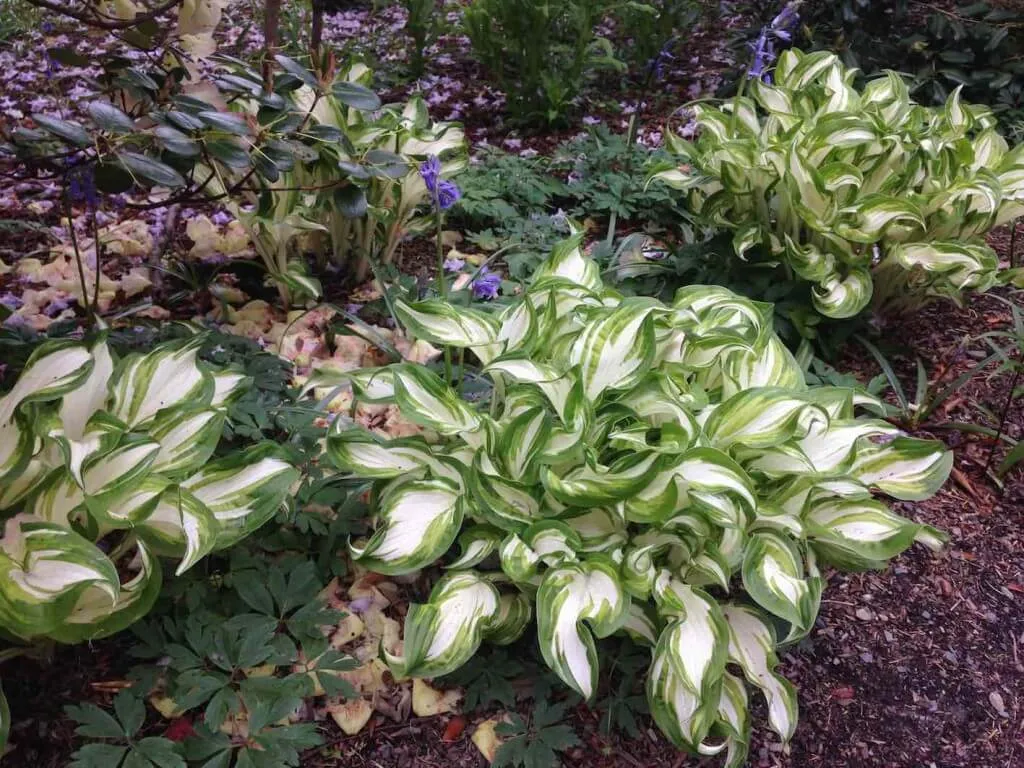
Whether you're a seasoned or a beginner gardener, growing hostas can be a rewarding experience for those shady spots in the garden. In this comprehensive growers guide, we'll explore everything you need to know about growing hostas in the UK climate, from selecting the right varieties to caring for them throughout the seasons.
Before we jump in recommending how to plant, care for and look after Hostas, you need to establish whether or not your garden's soil type and aspect will suit these plants. Hostas are pretty specific with the growing requirements they need and will not, contrary to other guides online, grow anywhere like other bulletproof herbaceous perennials.
Hostas thrive in partial to full shade, making them ideal for planting under trees, in awkward shady spots or areas with dappled sunlight. As long as they don't dry out, get fully baked in the south-facing sun or are eaten by slugs when young; then Hostas are relatively bulletproof in the garden. Hostas are great for north-facing, shady urban plots.
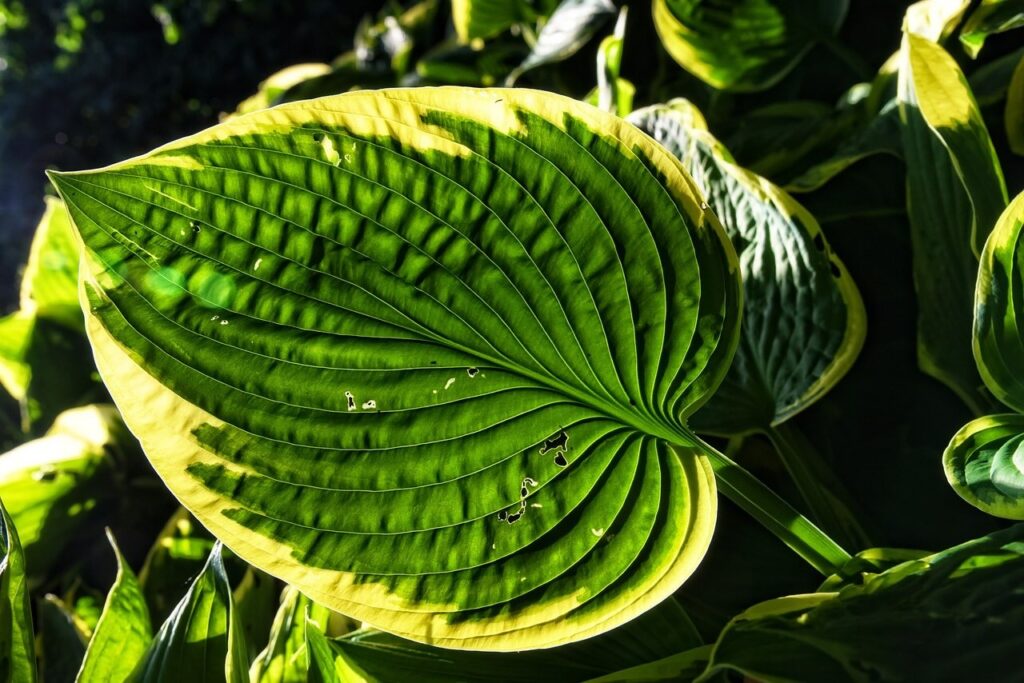
Whilst Hostas are not the most demanding of plants, they do require rich, fertile soil full of organic matter to do their best. This is because Hostas puts a lot of effort into growing their exotic-looking foliage each year. It takes a lot of effort for them to grow and then flower, so rich soil is essential.
Thats is not to say that those gardeners with poor soil can't grow Hostas; you need to make sure that the planting pocket is well lined with compost, and you also mulch around Hostas each year to ensure they have the nutrients they need to grow successfully.
Free-draining, sandy soil is the worst kind of soil to grow Hostas in and requires a lot of well-rotted manure or peat-free compost to help retain both moisture and add nutrients each year.
Choose a site with well-draining soil enriched with organic matter, such as compost or well-rotted manure. Before planting, prepare the soil by loosening it to improve aeration and drainage and remove any stones or debris. There is no need to add grit for Hostas when planting. This only reduces their access to moisture-retentive soil, so avoid doing this.
Hostas generally prefer a slightly acidic to neutral soil pH ranging from about 6.0 to 7.5. However, they are known to be adaptable herbaceous perennial plants and can tolerate a range of soil conditions. While they may thrive better in slightly acidic soils, they can also grow well in neutral pH soils.
Hostas tend not to grow well with Rhododendrons, Conifers or Azaleas, as the soil is usually too acidic (pH 5 and below) for them. So, if you have these in your garden, you may need to relocate the hostas elsewhere or heavily mulch around them each season.
Did you know that you can take my course and learn how to become a Garden Ninja yourself? Click here for details
In the UK, spring and early autumn are the best times to plant Hostas. This is when the weather is cooler, and the demands on plants are lower than in the middle of summer. These cooler and calmer conditions allow Hostas to establish quickly rather than put them under summer planting stress. Summer planting requires far more water and attention for Hostas.
The best way to plant Hostas is by using bare roots, which can be bought online or by mail. The Hostas arrive in either autumn or spring as literal bare roots. Plant these with a marker such as a cane, and you will get the best results. Whilst pot-grown Hostas are fine, they cost more and require much more watering than bare roots when planted in the summer.
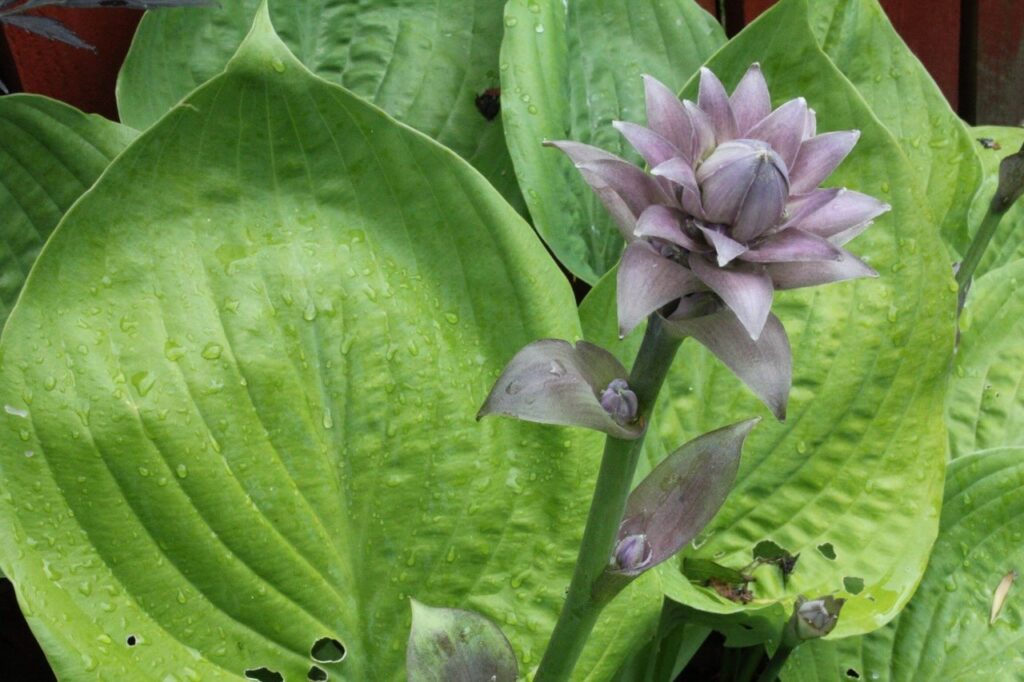
Dig a hole slightly larger than the hosta root ball and place the plant at the same level as it was in the pot, or if planting barefoot, cover the root ball with 2cm or 1 inch of soil. Backfill the hole with soil, gently firming it around the roots, then water the Hosta thoroughly to settle the soil and hydrate the rootstock.
For newly planted pot or container-bought Hostas, water them once a week for the first month to help them establish themselves. If your newly planted Hostas start to droop or look unhappy, don't panic or lift them out. Leave them where they are and water each week. Newly planted wilting Hostas usually recover.
Hostas prefer consistently moist soil, especially during the growing season. Water deeply and regularly, at least once weekly, especially during dry spells. Try to keep the soil around Hostas evenly moist but not waterlogged, which can be tricky. This is why mulching Hostas takes so much drama out of growing them.
Mulching around the base of Hostas can help retain soil moisture, feed the Hosta slowly during the season, and suppress weeds. Always use a peat-free compost or even better a homemade compost or leaf mould to feed Hostas. Organic slow-release plant feed like chicken pellets can help give a slow-release feed for Hostas growing in poorer soil types, especially in new build gardens.
Hostas typically flower in the UK during the summer months from May to July, depending on the variety and local climate conditions. The exact timing of flowering can vary based on factors such as the specific cultivar, local weather patterns, and growing conditions.
In most cases, Hostas produce tall spikes adorned with delicate, trumpet-shaped flowers in shades of white, lavender, or pale purple. These blooms add visual interest and often attract pollinators to the garden, such as honey bees, solitary wasps and bumblebees.
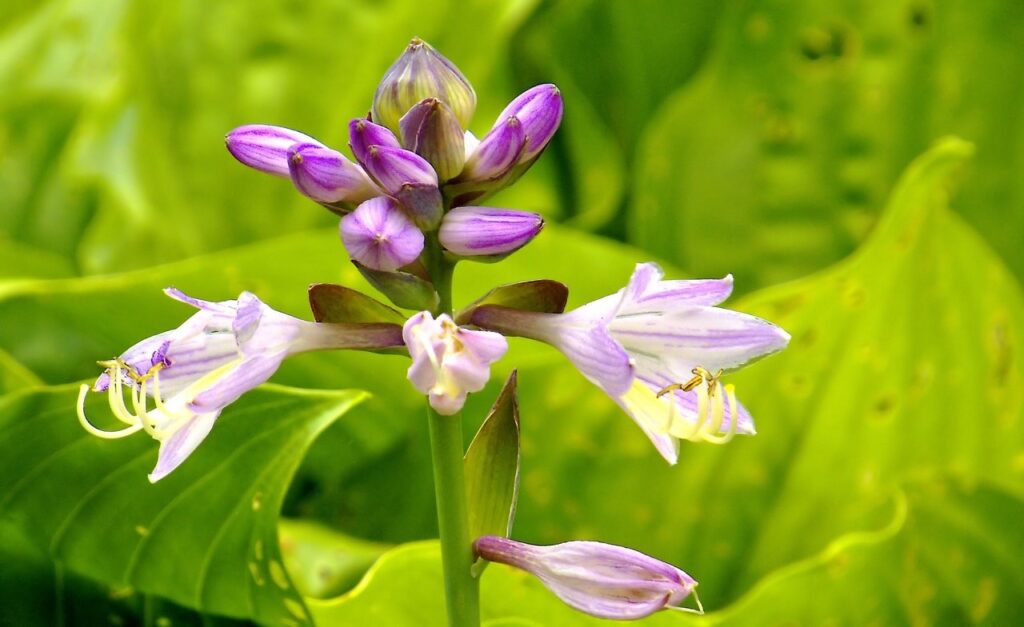
Unlike other herbaceous perennials and roses, removing spent flower stalks on Hostas won't usually encourage more flowers; they tend to flower once, and that is it. However, Hostas are really grown for their foliage.
Hostas are generally hardy plants, but they can be susceptible to pesky pests such as slugs, snails, and aphids. Slugs and snails are the biggest pests when it comes to Hostas, especially when they are growing and emerging in spring. The new foliage pokes up out of the ground a bit like fingers that then unfurl with the foliage.
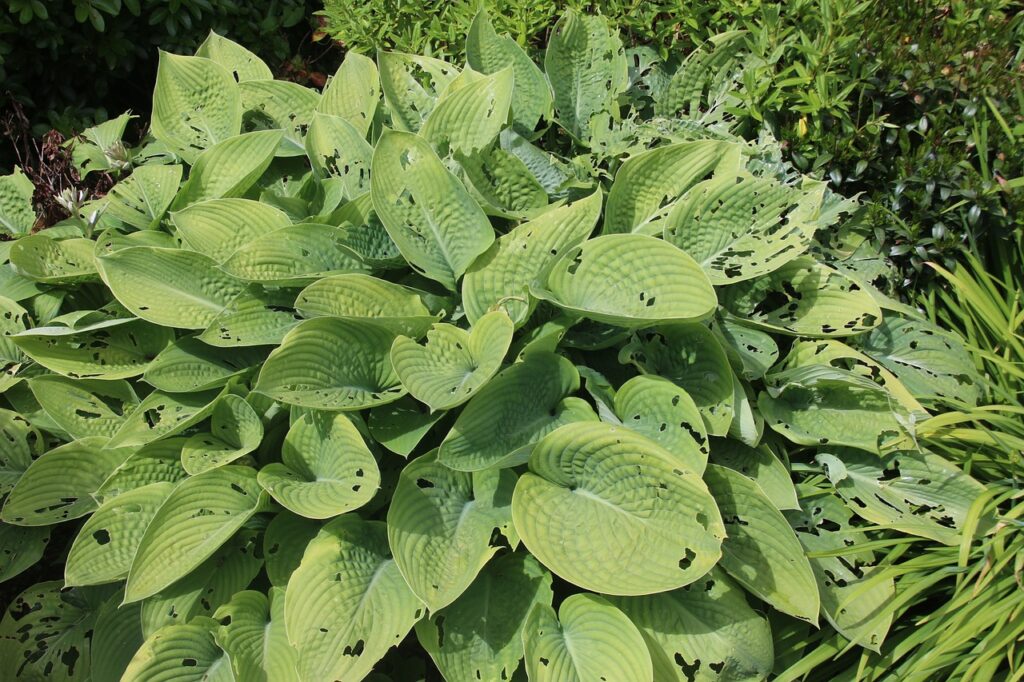
During spring, the Hostas emerge, and it is at this time they are most likely to be ravaged by slugs and snails. At this point in the year, you need to be most vigilant in ridding your newly sprouting Hostas from slugs and snails.
Let's take a look at a few methods to stop slugs and snails from eating your Hostas.
Place strips of copper tape or wire around pots or raised beds. Slugs receive a small electric shock when they come into contact with copper, deterring them from crossing the barrier.
Sprinkle food-grade diatomaceous earth around the base of plants. This powdery substance consists of fossilized algae and has sharp edges that can lacerate the soft bodies of slugs, causing them to dehydrate and die.
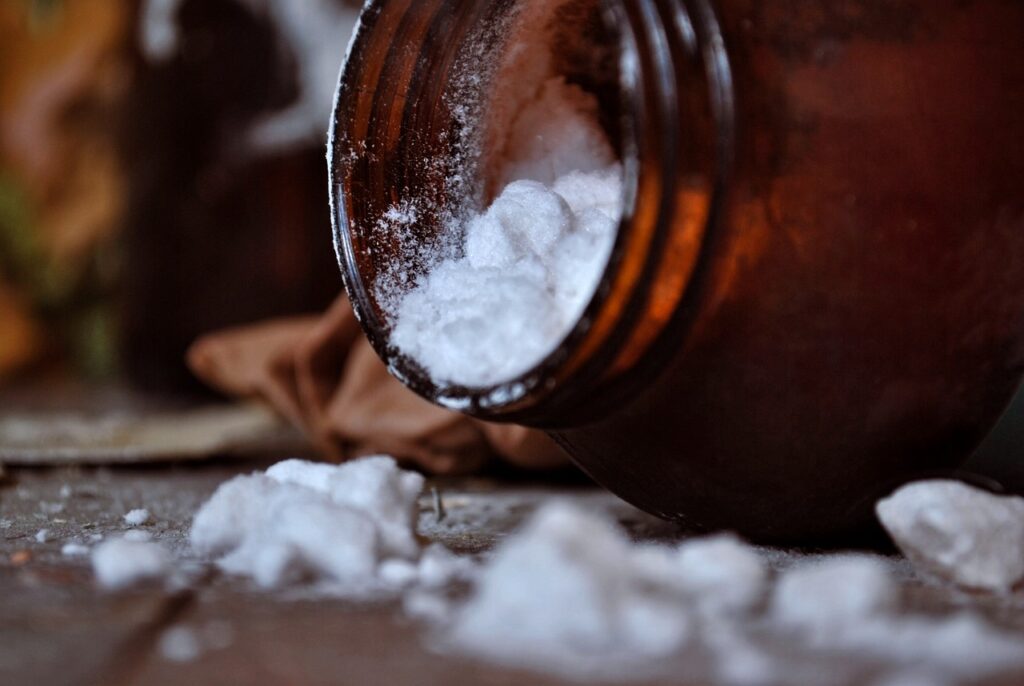
Let's raise a glass or pint to this method! Bury shallow containers, such as yoghurt pots, in the soil near affected plants. Fill them with beer, which attracts slugs. They crawl into the containers and drown. Refresh the beer regularly. I know some gardeners consider this cruel, and there has been a backlash, but all slug removal methods ultimately end up killing the slugs, so I'd rather than go out this way than by other methods like organic pellets that cause them to explode!
Regularly inspect plants under the cover of darkness when slugs are most active. Remove slugs by hand and dispose of them away from the garden either in your green bin or somewhere else. (Please don't throw them over your neighbour's fence as a gardener I knew admitted to!)
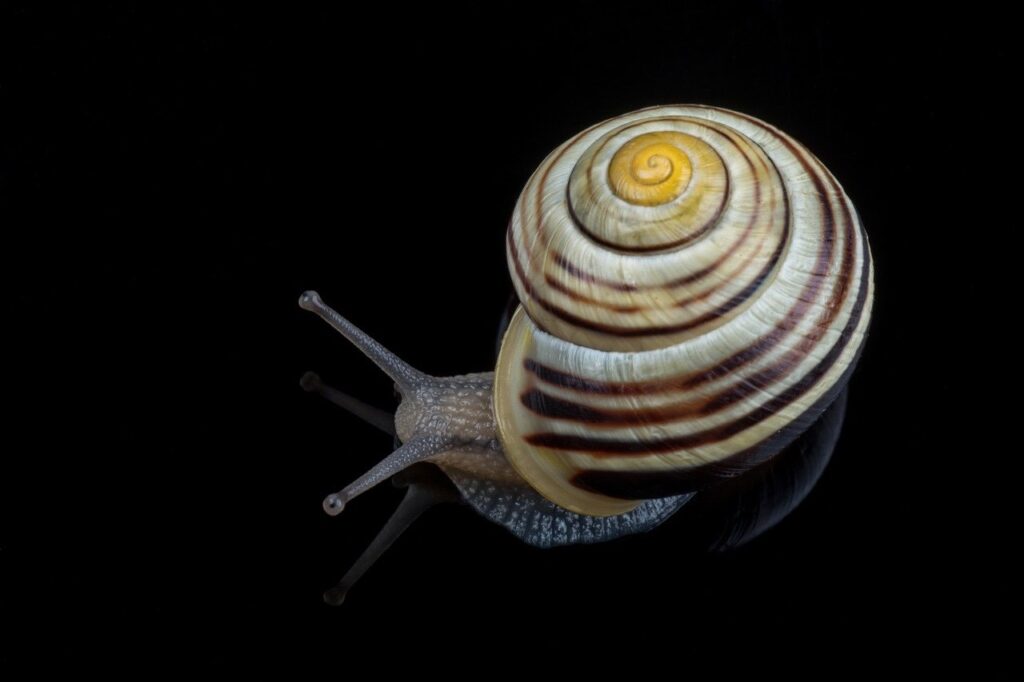
Probably the most ethical and organic method is to simply encourage more biodiversity in your garden. Creating a wildlife pond is the best way to reduce the number of slugs and snails as frogs feed on them. Encourage natural predators of slugs, such as ground beetles, frogs, toads, and birds, by providing additional suitable habitats like bug hotels (built the right way), log piles, rockeries, and bird boxes.
Create physical barriers around vulnerable plants using materials like crushed eggshells, coarse sand, or pine needles. These abrasive substances can deter slugs from crossing as it's painful for them, and their slimy mucus gets stuck, causing them discomfort.
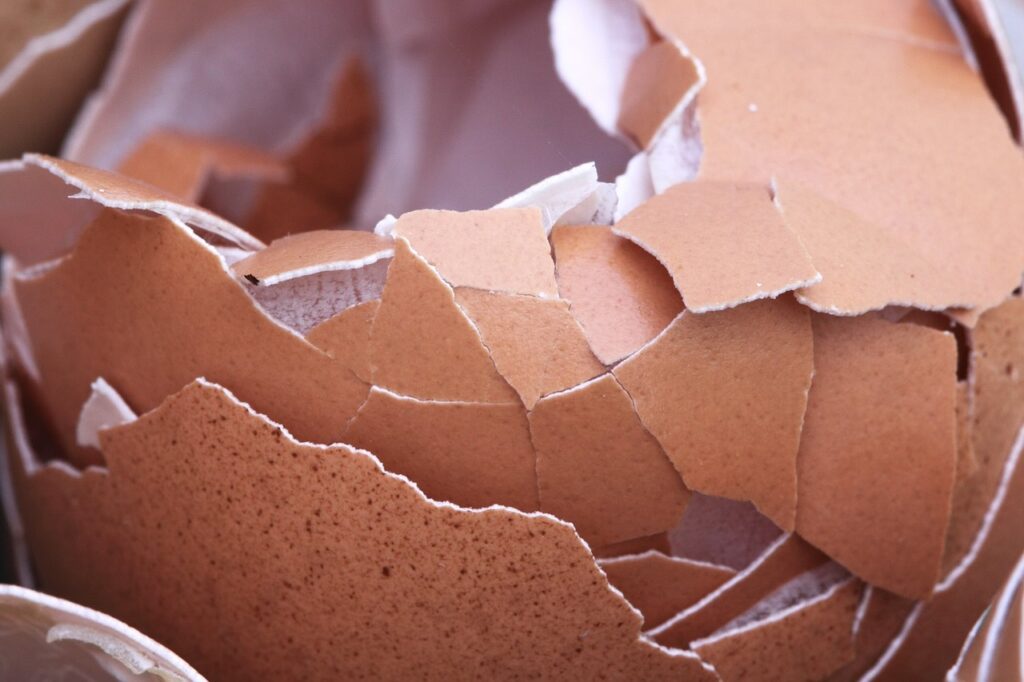
Sprinkle used coffee grounds around plants. The texture and caffeine content can repel slugs while also enriching the soil with organic matter. This is a great way to reuse coffee grounds from coffee machines, cafetieres and espresso machines, too. The ultimate in beneficial recycling!
Regularly inspect your hostas for signs of pest damage and take appropriate measures, such as handpicking pests or using organic pest control methods. Proper spacing and good air circulation can also help prevent fungal diseases such as powdery mildew.
This is one of the most common viral diseases affecting hostas. Symptoms include mottled or distorted foliage, yellowing, and stunted growth. There is no cure for HVX, so infected plants should be removed and destroyed to prevent spreading.
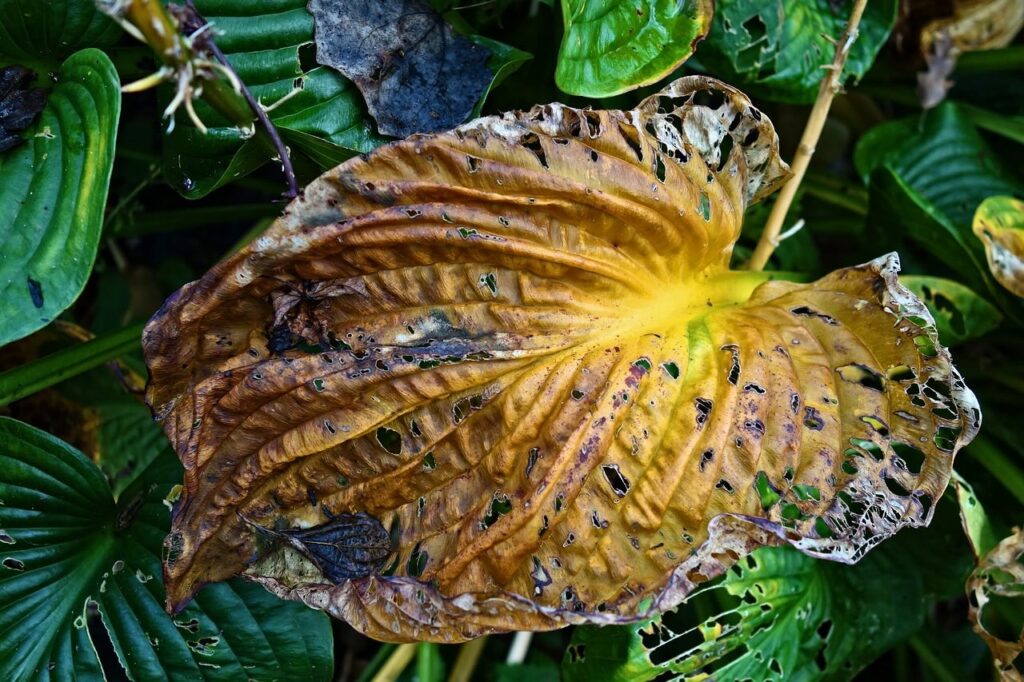
HVX can spread easily through the movement of infected plant material, such as divisions, cuttings, or tools used for pruning or dividing plants. Additionally, the virus can be transmitted by sap-feeding insects like aphids.
Given its ability to spread rapidly and the challenges in detecting infected plants, HVX remains a concern for hosta growers and enthusiasts. It's essential for gardeners to be vigilant in inspecting new hostas and to practice good sanitation and hygiene in their gardens to prevent the spread of the virus.
Several fungal pathogens, such as Anthracnose and Botrytis, can cause leaf spot diseases in hostas. Symptoms include dark spots or lesions on the leaves, which may spread and cause defoliation. Usually, poor ventilation and very wet springs can cause fungal leaf spots on Hostas, so ensuring you're shrubs and other perennials are suitable pruned in later winter to allow airflow is key.
In addition to good garden hygiene practices, special fungicidal treatments can help manage fungal leaf spot diseases.
Crown rot is caused by various soil-borne fungi and bacteria. It can occur when the crown of the plant is exposed to excessive moisture, leading to rotting and eventual death of the plant. Proper drainage and avoiding overwatering can help prevent crown rot. You can spot crown rot as the Hosta fails to emerge during late spring, and any new growth simply melts at the base.
Powdery mildew is a fungal disease that appears as a powdery white coating on the leaves of hostas. It thrives in humid conditions and can weaken the plant over time. Good air circulation and fungicidal treatments can help control powdery mildew. Powdery mildew can also occur in times of drought and sudden heat waves or water shortages.
Slime moulds can occasionally affect Hostas, appearing as slimy or mould-like growths on the leaves. While not typically harmful to the plant, they can be unsightly. Physical removal and improving air circulation can help manage slime moulds. However, in my experience, celebrate Hostas and slime moulds. Slime moulds are incredible organisms which usually show a diverse garden; read more on slime moulds here.
Bacterial soft rot can occur when hostas are exposed to overly wet conditions, causing the plant tissue to become soft and mushy. Proper watering practices and avoiding overhead watering can help prevent bacterial soft rot.
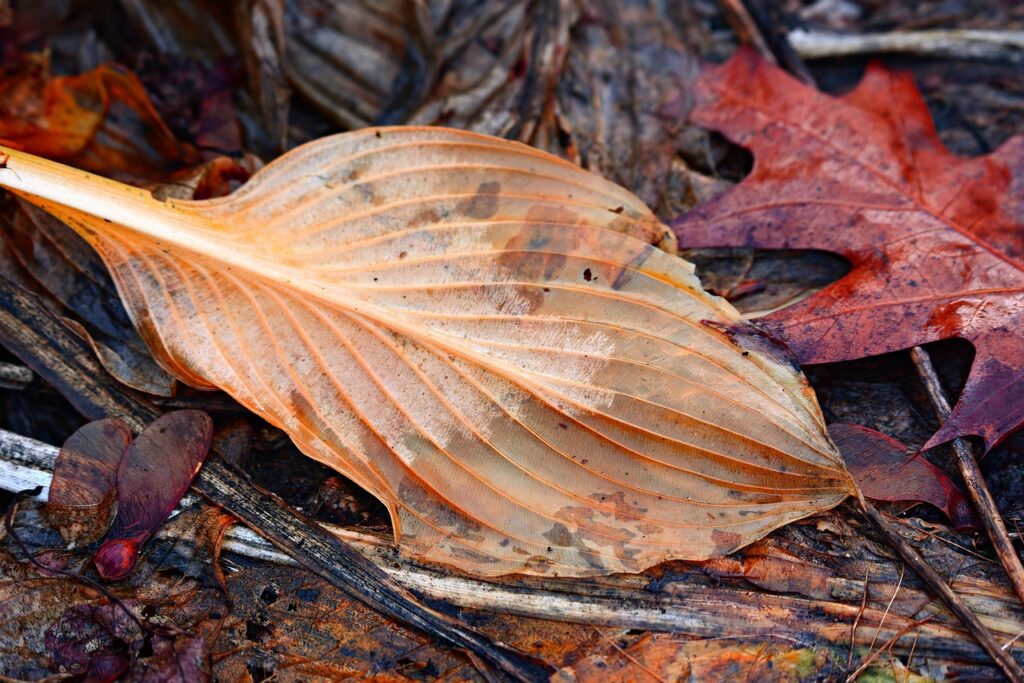
This is also known by some gardeners as 'melting Hostas' as the whole plant seems to decompose and melt back into the ground. Leaving a slimy mess behind!
Over time, hostas may become overcrowded, leading to reduced vigour and smaller leaves. Dividing Hostas every 3 years helps rejuvenate the plants and maintain their health and hardiness. By dividing Hostas, you can also propagate them by multiplying your garden plant stock for free!
To divide hostas, carefully dig up the clump in early spring or autumn and use a sharp knife or garden fork to separate the individual plants, ensuring each division has healthy roots and shoots. Pot them on or replant them immediately to ensure they don't lose too much water or dry out.
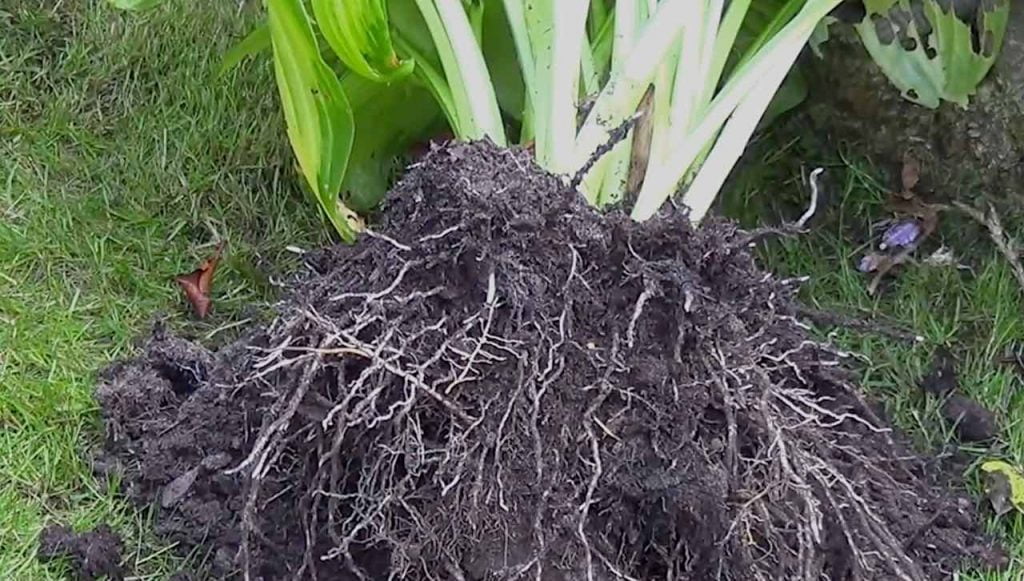
The perfect time to divide, split and propagate Hostas is in late September when they have finished flowering, and you can see what you're doing. This is before Hostas becomes dormant and disappears into the ground for winter. Although some people split them in April, I find they are only just emerging, and it can be all too easy to accidentally damage young Hostas, doing more harm than good!
Hostas come in various varieties, offering options for different leaf colours, sizes, and textures. When selecting hostas for your garden, consider factors such as leaf colour (green, blue, variegated), size (miniature to giant), and leaf texture (smooth, ribbed, wavy).
There really is a Hosta for every style and size of garden. So, it is worth doing your Hosta research as to which species or cultivar best blends with your desired garden design style. A top tip is to always plant Hostas in multiples throughout the garden, as one on its own always looks lonely and stands out for the wrong reasons.
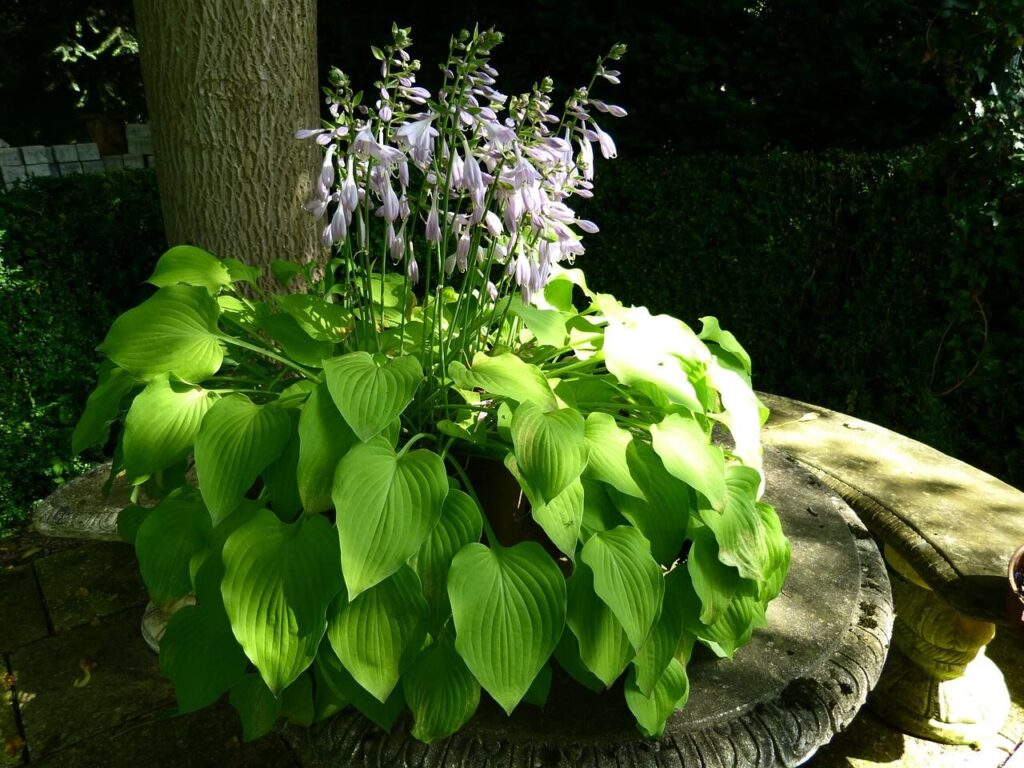
Here's an overview of my top 8 common Hosta species to decide which one best suits your garden or design preference:
Known for its large, heart-shaped leaves and sturdy, upright growth habit. This species often features blue-green foliage and produces lavender or white flowers in summer. Also known as the Japanese Hosta, as it is native to Asia. This is one of the larger Hostas.
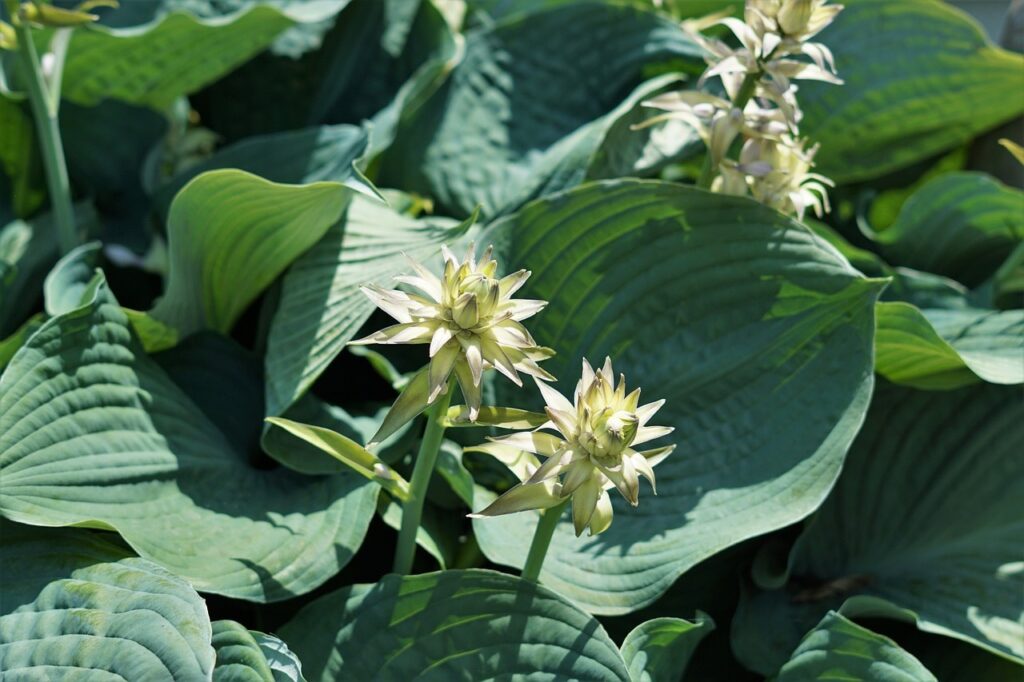
Characterized by its glossy, ovate leaves and cascading growth habit. It comes in various shades of green and gold and produces delicate lavender or white flowers on tall spikes.
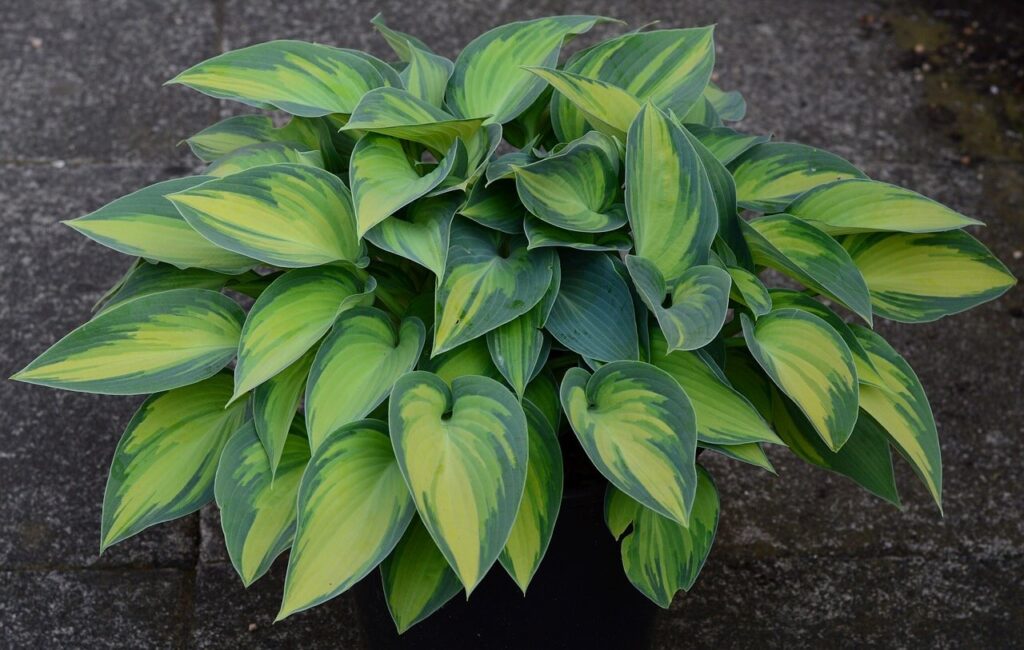
Also known as the "Narrow-leaved Hosta," this species has lance-shaped leaves with pointed tips. It's prized for its graceful appearance and tolerance to dry conditions.
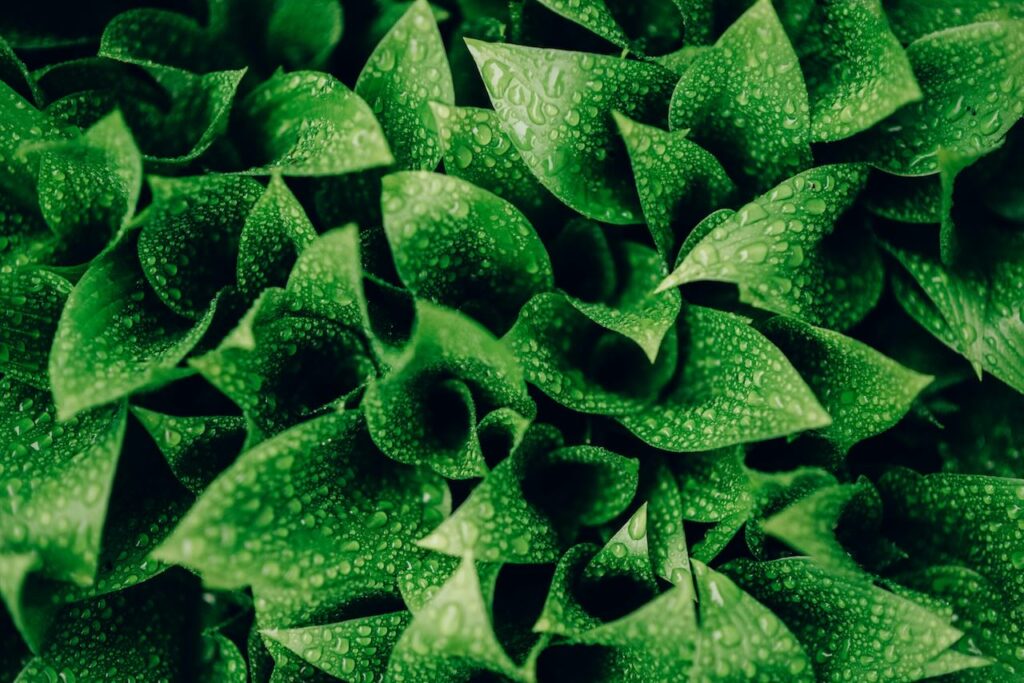
Notable for its deeply ribbed, heart-shaped leaves and upright growth habit. It typically features dark green foliage and produces tall spikes of lavender flowers.

Recognized for its large, fragrant, and glossy leaves. This species is often grown for its ornamental value and sweetly scented white flowers, which bloom in late summer.
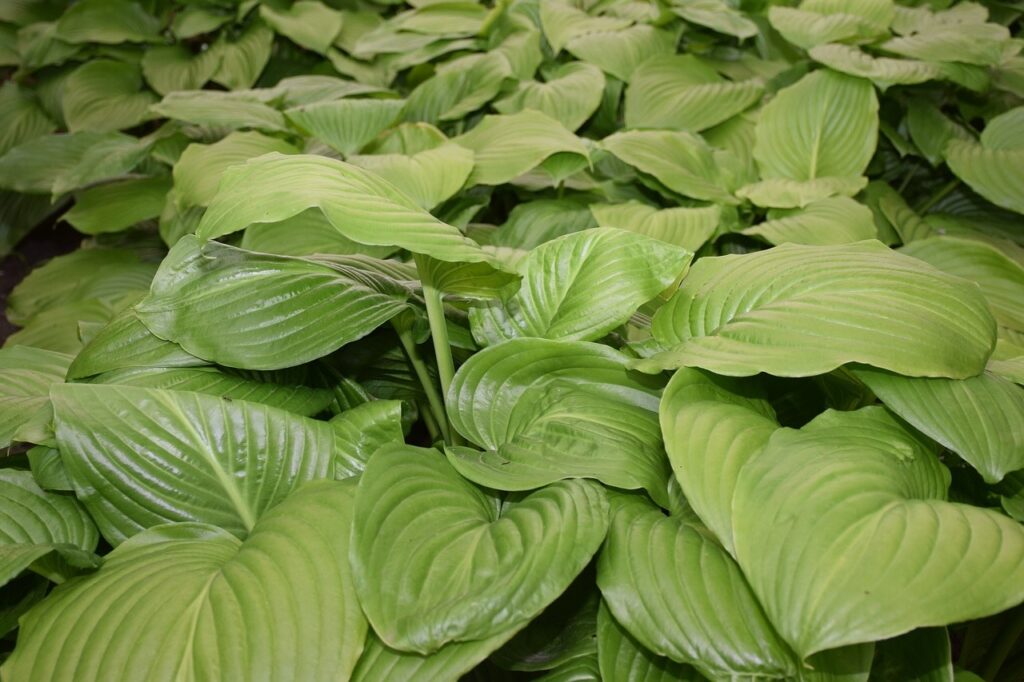
A popular cultivar known for its striking blue-green foliage and compact growth habit. It's prized for its tolerance to heat and humidity.
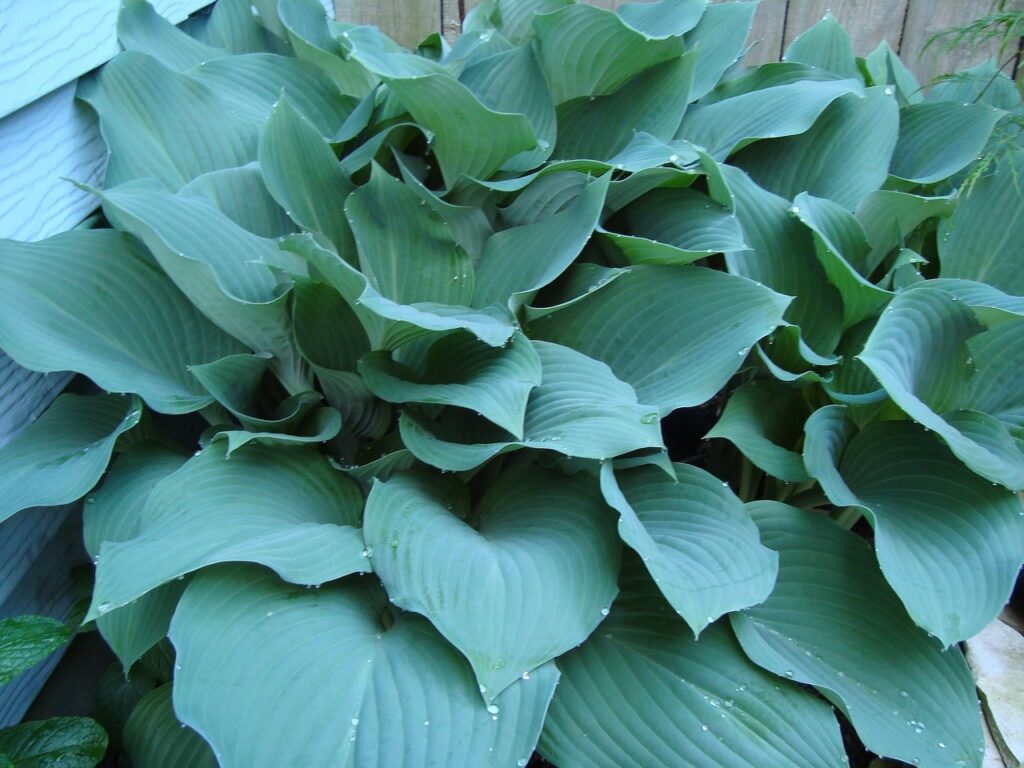
Renowned for its enormous, chartreuse-yellow leaves that can reach up to 2 feet in length. It's a standout in shaded gardens and adds a bold, tropical touch.
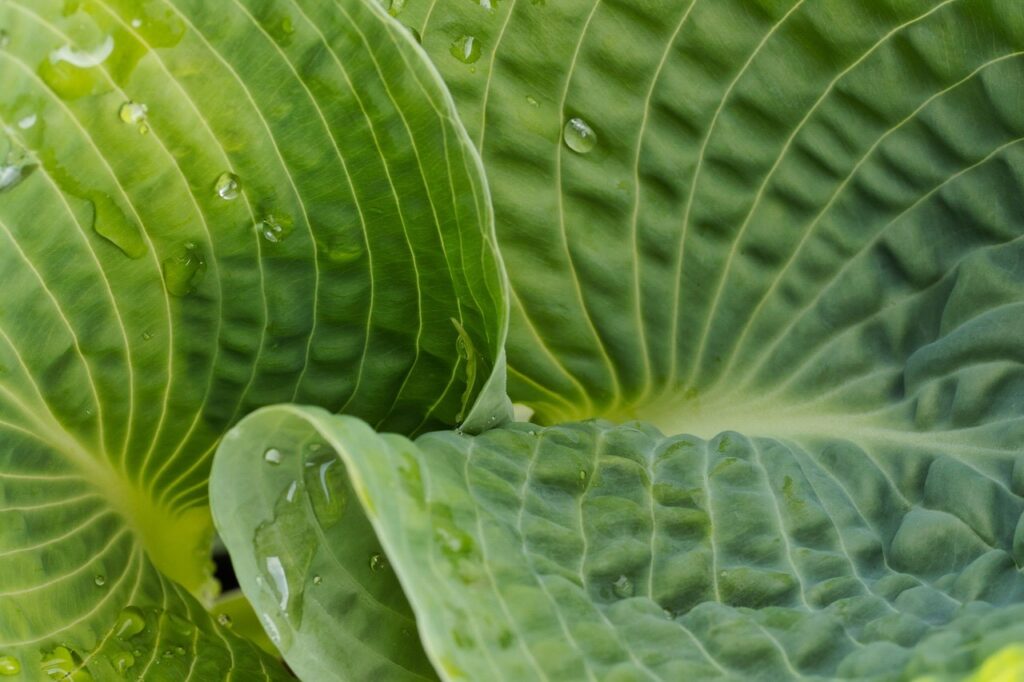
Loved for its striking variegated foliage, featuring deep green leaves with bright white margins. This cultivar adds contrast and visual interest to shaded areas. Great for pots and to provide a pop of colour to the garden!
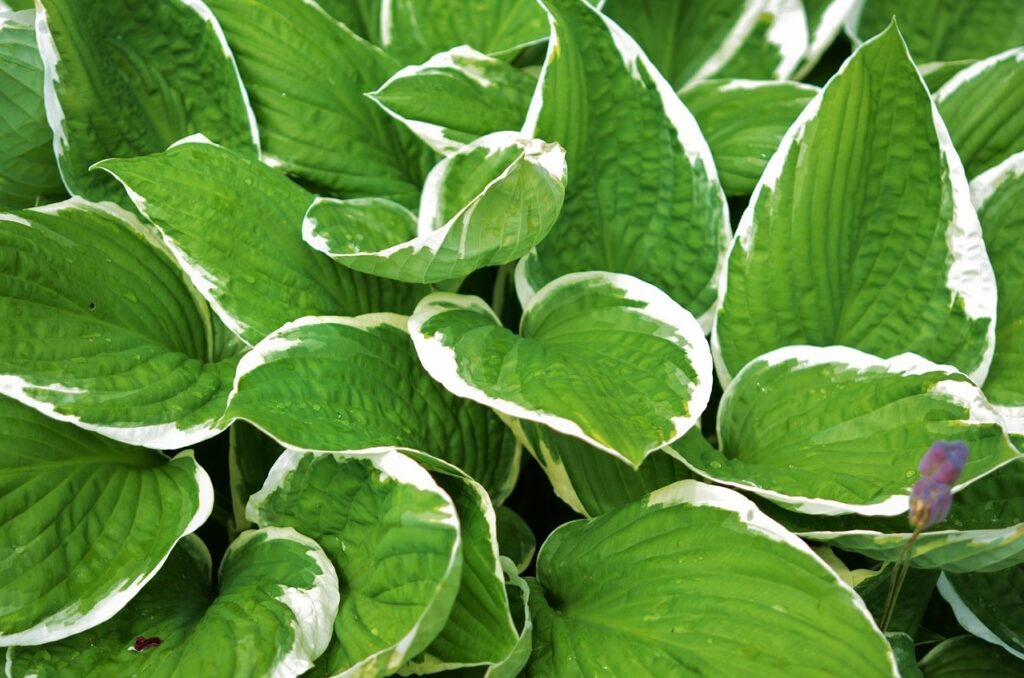
In the UK, Hostas are generally hardy and can withstand winter temperatures. However, providing a layer of mulch again around the base of the plants can help insulate the roots and protect them from frost damage. Remove any dead or damaged foliage in late autumn to prevent the spread of diseases and pests over winter.
Other than that, once Hostas are in suitable soil types and well watered during the growing season, they need very little winter care. Hostas do not need lifting in the winter or overwintering in greenhouses; this risks damaging them and confusing their internal body clocks in the following years.
Yes, you can force hostas to grow in the sun if you provide enough moisture so they don't dry out. There are also a few full-sun hosta species you can choose from. However, I would always advise against forcing plants to grow in soil or other conditions that they don't favour. It stresses both you and the plant out. Always pick the right plant for the right conditions!
While most hosta varieties prefer partial to full shade, a few species and cultivars are more tolerant of sun exposure. They can be grown in full sun conditions, especially if provided with sufficient moisture and soil amendments. Some hosta species known for their increased sun tolerance include:
Growing hostas in full sun can lead to several problems due to their preference for shaded conditions:
Hostas are susceptible to leaf burn when exposed to intense sunlight for extended periods. The sun's UV rays can scorch and damage the delicate foliage, causing brown or yellow patches on the leaves. This is the biggest problem with trying to force hostas along with yellowing of the leaves.
Hostas grown in full sun may experience rapid moisture loss from their leaves and soil, leading to dehydration. Without adequate water retention, the plants may wilt and become stressed, affecting their overall health and vigour. You also don't want the drama of constantly watering your hostas either!
Hostas grown in full sun may exhibit slower growth and diminished foliage size compared to those grown in shaded conditions. The stress from excessive sunlight can hinder the plant's ability to photosynthesize and produce energy, resulting in stunted growth.
Sun-stressed hostas may become more susceptible to pest infestations and diseases. Weakened plants are more prone to attacks from pests like slugs, snails, and aphids, as well as fungal infections such as powdery mildew and crown rot.
Hostas exposed to prolonged periods of full sun may enter dormancy earlier than those grown in shaded areas. Premature dormancy can disrupt the plant's natural growth cycle and affect its ability to store energy for the following growing season.
While some hosta varieties can tolerate partial sun or filtered sunlight, growing them in full sun poses significant challenges and may not be ideal for their continued vigour! It's essential to provide hostas with the right growing conditions, including adequate shade and moisture, to ensure they thrive in the garden.
Hostas really are a fabulous shade-loving herbaceous perennial that comes back year after year in the garden. With a little bit of care and soil maintenance with compost mulches, Hostas will thrive in the shadiest of spots and bring beauty to your garden. They can even be grown in containers for smaller urban gardens or shaded balconies!
If you've enjoyed this Hosta growing article then why not Tweet, Facebook or Instagram me with your fruit tree pruning pictures or questions? You can also subscribe to my YouTube channel for hundreds of garden design tips, tricks, and hack guides!
Happy Growing!
Lee Garden Ninja



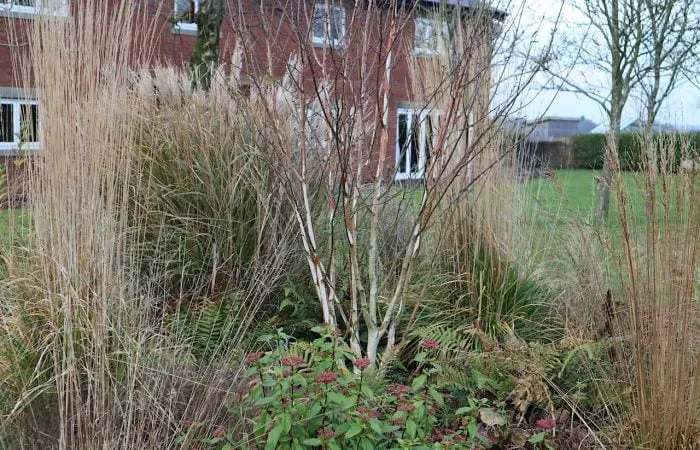
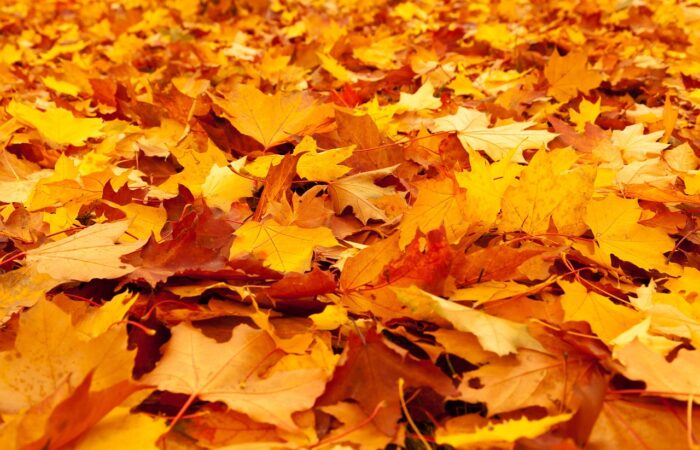
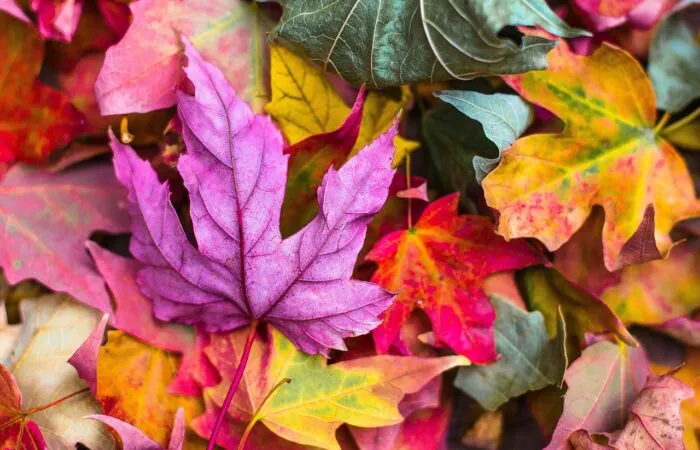
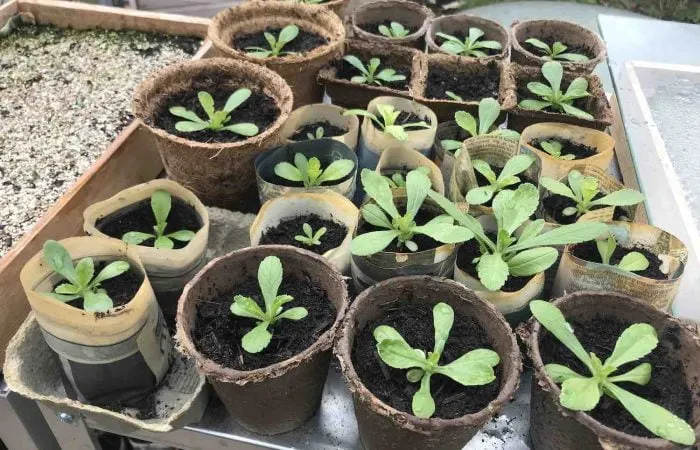
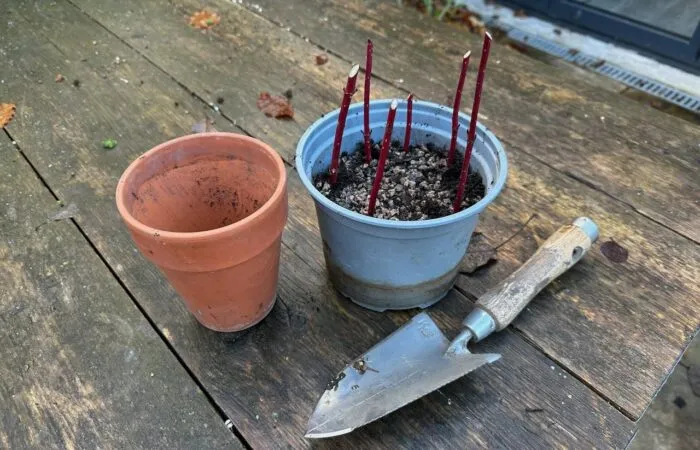
JOIN THE NINJAS

Be the first in line for new Guides, Discount codes and Offers